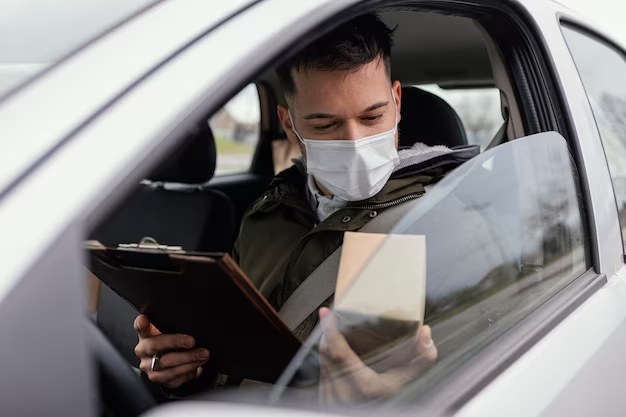Key Takeaways
- Introduction to the prevalence of hit-and-run incidents.
- An overview of drivers’ legal and ethical obligations.
- Consequences and preventative strategies for hit-and-runs.
- Promotion of road safety and responsible driving habits.
Every day, drivers have a crucial responsibility to ensure road safety. When hit-and-run accidents happen, victims often find themselves without closure, raising community safety concerns. This article emphasizes the importance of understanding driver responsibilities in such situations. Consulting with a Denver hit-and-run lawyer could be invaluable if you need expert legal guidance in the aftermath of such events. Taking swift legal action can help secure compensation for damages and hold the responsible party accountable. Understanding your legal rights can also provide peace of mind during a challenging time.
The Prevalence of Hit-and-Run Incidents
In Denver, hit-and-run incidents continue to be a prevalent concern, reflecting national patterns where drivers flee accident scenes due to reasons such as fear of legal repercussions or lack of insurance. Denver has seen recent high-profile hit-and-run cases, drawing attention to the need for improved traffic enforcement and community initiatives. Although comprehensive local data is limited, these cases highlight the challenges that city officials and residents face in addressing and reducing these types of incidents through awareness and targeted policies.
Legal Obligations of Drivers Involved in Accidents
The legal obligations for drivers involved in an accident are straightforward but often disregarded in the heat of the moment. Foremost among these is the essential requirement to remain at the scene. Drivers must exchange information such as license numbers and insurance details to ensure that all parties can be accounted for and assisted as needed. Ignoring these steps can lead to significant legal consequences, underscoring the importance of being informed and prepared to act correctly when accidents occur.
Ethical Considerations for Drivers
While legal responsibilities are mandatory, ethical considerations extend to the moral duty to act in the interests of those involved. The decision to flee an accident scene doesn’t just break laws but can leave victims without the necessary help and accountability. Real-world stories of hit-and-run aftermaths illustrate the profound emotional and physical impact on those left behind. These narratives serve as cautionary tales, reminding drivers of the human element involved in every accident.
Consequences of Hit-and-Run Offenses
The consequences of participating in a hit-and-run extend well beyond immediate legal penalties. Offenders might face hefty fines, suspension of driving privileges, or imprisonment, each with life-altering implications. Beyond the courtroom, societal stigmas can haunt hit-and-run offenders, affecting personal relationships and employment prospects. The societal view of those who commit such acts often includes labels of irresponsibility and recklessness, affecting how they interact with their community and vice versa.
The Role of Technology in Reducing Hit-and-Run Cases
Technology has become a formidable ally in preventing and resolving hit-and-run incidents in recent years. Modern surveillance systems, including widespread camera installations, have significantly enhanced the ability to identify and apprehend offenders quickly. Technology is now integral to law enforcement efforts, ensuring fewer offenders remain anonymous after fleeing. As these tools evolve, they promise to be even more effective in curbing incidents.
Strategies to Prevent Hit-and-Run Incidents
Prevention is paramount in reducing hit-and-run incidents, beginning with education and awareness. Various educational campaigns highlight the severe consequences of not staying at the scene of an accident and reinforce the importance of road safety. Community efforts, including the implementation of collaborative programs, are also crucial. Such initiatives reward safe driving behaviors and strengthen communal ties and trust.
Promoting Road Safety and Driver Responsibility
Promoting road safety requires more than just implementing rules—it’s about fostering a culture of responsibility and awareness. Programs encouraging defensive driving are pivotal in shaping safer driving habits. Moreover, offering resources and support to those involved in accidents contributes significantly to building a supportive community that values accountability and cooperation. By prioritizing a supportive network, communities can better handle the aftermath of accidents and prevent future incidents through proactive education and preparation.
Encouraging a Culture of Compassion and Safety
To cultivate compassion, it is essential to approach driving with empathy and awareness. Recognizing every driver’s vulnerability can inspire a collective movement towards reduced accidents and safer streets. Compassionate driving practices underscore the need for a defined road culture that aligns with broader societal values of understanding and cooperation. By embracing these principles, society can redefine its approach to road safety, ensuring all drivers share the responsibility to protect and respect one another.
